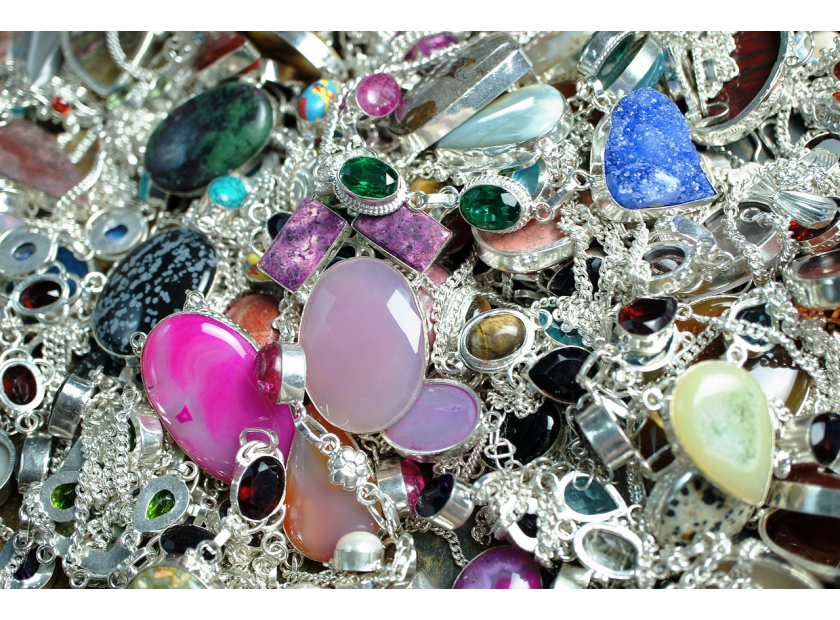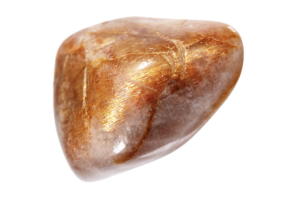USD
/
USD
/
Shipping to:
Currency:
What Are the Rarest Gemstones? Discover the World’s Most Elusive Jewels
Gemstones have fascinated people for centuries, not just for their brilliance and color, but also for their rarity and the incredible natural processes behind their formation.
While diamonds often get the most attention, there’s a world of gemstones that are far rarer and even more unique.
These remarkable stones are found in limited locations, under special geological conditions, and are often known only to collectors and gemstone lovers.
In this article, we’ll explore some of the rarest gemstones in the world and discover what makes them so extraordinary.
Understanding Gemstone Rarity
Gemstone rarity comes down to a few key factors: how and where the stone is formed, how difficult it is to mine, and how much of it exists in the world.
Some gemstones are rare because the conditions to create them are incredibly specific. Others are only found in one or two regions globally, and in very small quantities.
This scarcity, combined with beauty and durability, makes certain gemstones highly valuable and sought-after.
Painite: Once the Rarest Mineral on Earth
Discovered in Myanmar in the 1950s, painite held the record for the world’s rarest mineral for decades.
It was so rare, only a few crystals were known to exist up until the early 2000s.
Painite typically ranges in color from brownish-red to reddish-orange, and it’s now found in a few more locations, but still in very limited quantities.
Alexandrite: The Color-Changing Marvel
Alexandrite is famous for its ability to change color—green in daylight and red in incandescent light.
This unique optical phenomenon is rare in nature, and the gemstone itself was first discovered in Russia’s Ural Mountains in the 1830s.
Today, quality alexandrite is incredibly rare and mostly sourced from Sri Lanka, Brazil, and East Africa.
Taaffeite: A Serendipitous Discovery
Taaffeite was discovered by accident when a gemologist realized a spinel he bought was something else entirely.
Since that first identification in 1945, only a few thousand taaffeites have been found, making it one of the rarest gemstones on Earth.
It’s found mainly in Sri Lanka, Tanzania, and Myanmar and can appear in shades from lavender to deep violet.
Red Beryl: The Scarlet Emerald
Red beryl, also known as bixbite, is a member of the beryl family, which includes emerald and aquamarine.
It gets its striking red color from manganese and is found almost exclusively in Utah, USA.
Gem-quality red beryl is exceptionally rare—some say it’s 1,000 times more rare than diamonds.
Grandidierite: The Teal Treasure
First found in Madagascar in 1902, grandidierite is a bluish-green gem that exhibits different colors depending on the angle of light.
It’s extremely difficult to cut and polish due to its hardness and cleavage, and transparent, faceted specimens are very limited in supply.
Jeremejevite: The Elusive Crystal
Jeremejevite (pronounced “yeh-reh-MAY-yev-ite”) was first discovered in Siberia in the late 19th century.
This gem can appear colorless, pale yellow, or sky blue and is very hard—ideal for jewelry, but almost never seen on the market.
Namibia is the best-known source, though tiny amounts have been found in other regions.
Musgravite: A Collector’s Dream
Musgravite was discovered in 1967 in the Musgrave Ranges of South Australia.
Closely related to taaffeite, it’s extremely rare and is found in only a few locations worldwide, including Greenland and Sri Lanka.
Gem-quality specimens are so scarce that only a few have ever been certified.
Black Opal: The Dark Beauty
Black opal is the most valuable type of opal, known for its vibrant play-of-color against a dark background.
It’s mined almost exclusively in Lightning Ridge, Australia.
Because of its stunning beauty and limited availability, black opal remains one of the most sought-after gems by collectors and jewelry designers alike.
Incorporating Rare Gemstones into Jewelry
If you're drawn to the story and beauty of rare gemstones, you might consider featuring one in a custom jewelry piece.
Whether you're designing something for yourself or searching for a meaningful gift, these stones make unforgettable statements.
For inspiration, check out gemstone engagement rings.
Frequently Asked Questions
What makes a gemstone rare?
A gemstone is considered rare based on how and where it forms, how much of it exists, and how difficult it is to mine or cut.
Some stones also gain rarity from unique optical properties or very specific geological conditions.
Are rare gemstones a good investment?
They can be, especially those with long-term demand and limited supply.
Before investing, it’s wise to understand the differences between natural stones and synthetics. To learn more, check out lab-grown diamonds vs. gemstones.
Where are rare gemstones formed?
Most rare gemstones form deep within the Earth under extreme heat and pressure over millions of years.
To explore the science behind their formation, visit how gemstones and diamonds are formed.








